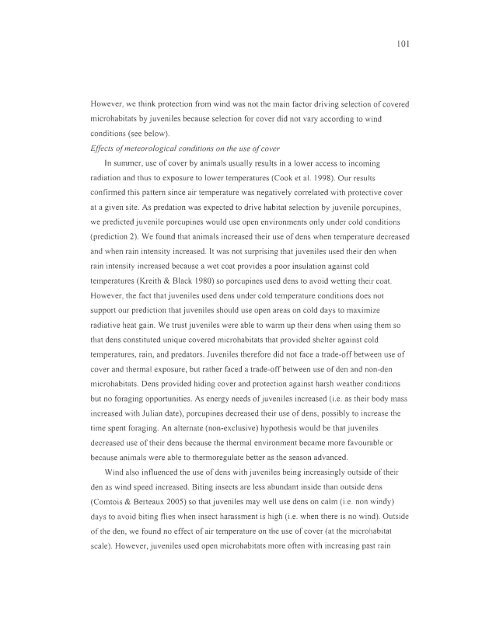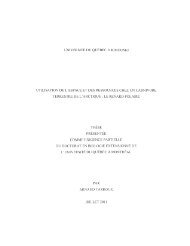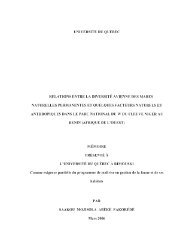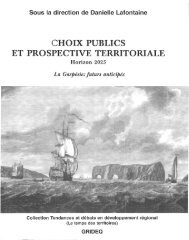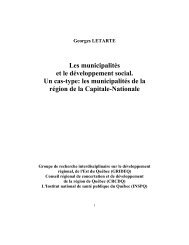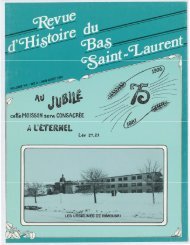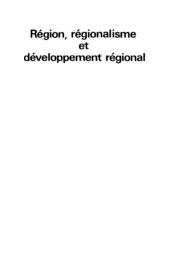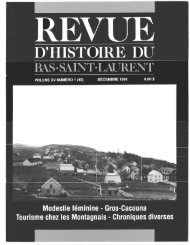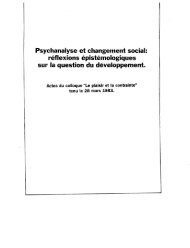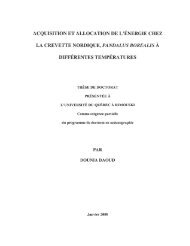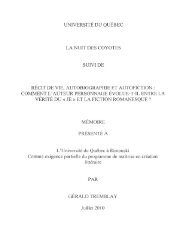influence du climat et de la prédation sur l'utilisation de l'habitat et la ...
influence du climat et de la prédation sur l'utilisation de l'habitat et la ...
influence du climat et de la prédation sur l'utilisation de l'habitat et la ...
You also want an ePaper? Increase the reach of your titles
YUMPU automatically turns print PDFs into web optimized ePapers that Google loves.
101<br />
However, we think protection from wind was not the main factor driving selection of covered<br />
microhabitats by juveniles because selection for coyer did not vary according to wind<br />
conditions (see below).<br />
Effects ofm<strong>et</strong>eorological conditions on the use of cover<br />
ln summer, use of co ver by animais usually results in a lower access to incoming<br />
radiation and thus to expo<strong>sur</strong>e to lower temperatures (Cook <strong>et</strong> al. 1998). Our results<br />
confirmed this pattern since air temperature was negatively corre<strong>la</strong>ted with protective cover<br />
at a given site. As predation was expected to drive habitat selection by juvenile porcupines,<br />
we predictedjuvenile porcupines would use open environments only un<strong>de</strong>r cold conditions<br />
(prediction 2). We found that animais increased their use of <strong>de</strong>ns when temperature <strong>de</strong>creased<br />
and when rain intensity increased. It was not <strong>sur</strong>prising that juveniles used their <strong>de</strong>n when<br />
rain intensity increased because a w<strong>et</strong> coat provi<strong>de</strong>s a poor insu<strong>la</strong>tion against cold<br />
temperatures (Kreith & B<strong>la</strong>ck 1980) so porcupines used <strong>de</strong>ns to avoid w<strong>et</strong>ting their coat.<br />
However, the fact that juveniles used <strong>de</strong>ns un<strong>de</strong>r co Id tempe rature conditions does not<br />
support our prediction that juveniles should use open areas on co Id days to maximize<br />
radiative heat gain. We trust juveniles were able to warm up their <strong>de</strong>ns when using them so<br />
that <strong>de</strong>ns constituted unique covered microhabitats that provi<strong>de</strong>d shelter against co Id<br />
temperatures, rain, and predators. Juveniles therefore did not face a tra<strong>de</strong>-off b<strong>et</strong>ween use of<br />
coyer and thennal expo<strong>sur</strong>e, but rather faced a tra<strong>de</strong>-off b<strong>et</strong>ween use of <strong>de</strong>n and non-<strong>de</strong>n<br />
microhabitats. Dens provi<strong>de</strong>d hiding coyer and protection against harsh weather conditions<br />
but no foraging Oppo11unities. As energy needs of juveniles increased (i.e. as their body mass<br />
increased with Julian date), porcupines <strong>de</strong>creased their use of <strong>de</strong>ns, possibly to increase the<br />
time spent foraging. An alternate (non-exclusive) hypothesis would be that juveniles<br />
<strong>de</strong>creased use oftheir <strong>de</strong>ns because the thermal environment became more favourable or<br />
because animais were able to thennoregu<strong>la</strong>te b<strong>et</strong>ter as the season advanced.<br />
Wind also <strong>influence</strong>d the use of <strong>de</strong>ns with juveniles being increasingly outsi<strong>de</strong> of their<br />
<strong>de</strong>n as wind speed increased. Biting insects are less abundant insi<strong>de</strong> than outsi<strong>de</strong> <strong>de</strong>ns<br />
(Comtois & Berteaux 2005) so that juveniles may weil use <strong>de</strong>ns on calm (i.e. non windy)<br />
days to avoid biting flies when insect harassment is high (i .e. when there is no wind). Outsi<strong>de</strong><br />
of the <strong>de</strong>n, we found no effect of air temperature on the use of coyer (at the microhabitat<br />
scale). However, juveniles used open microhabitats more often with increasing past rain


